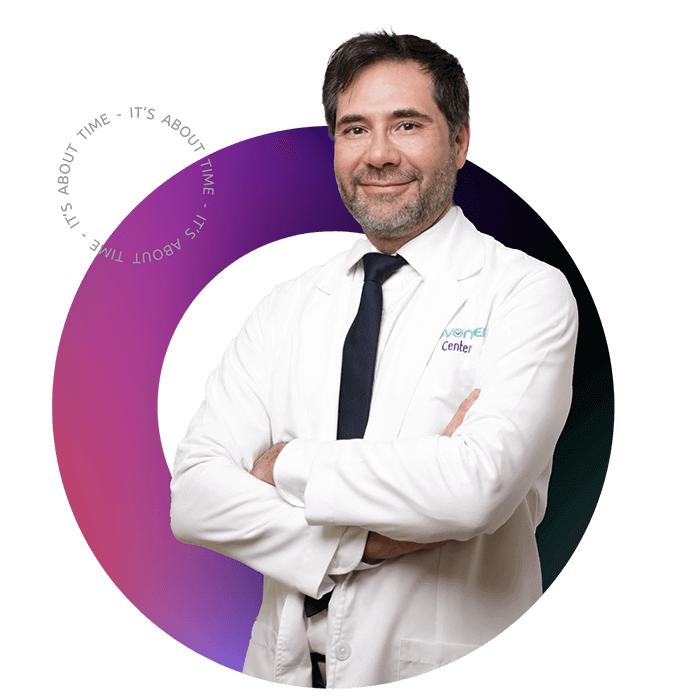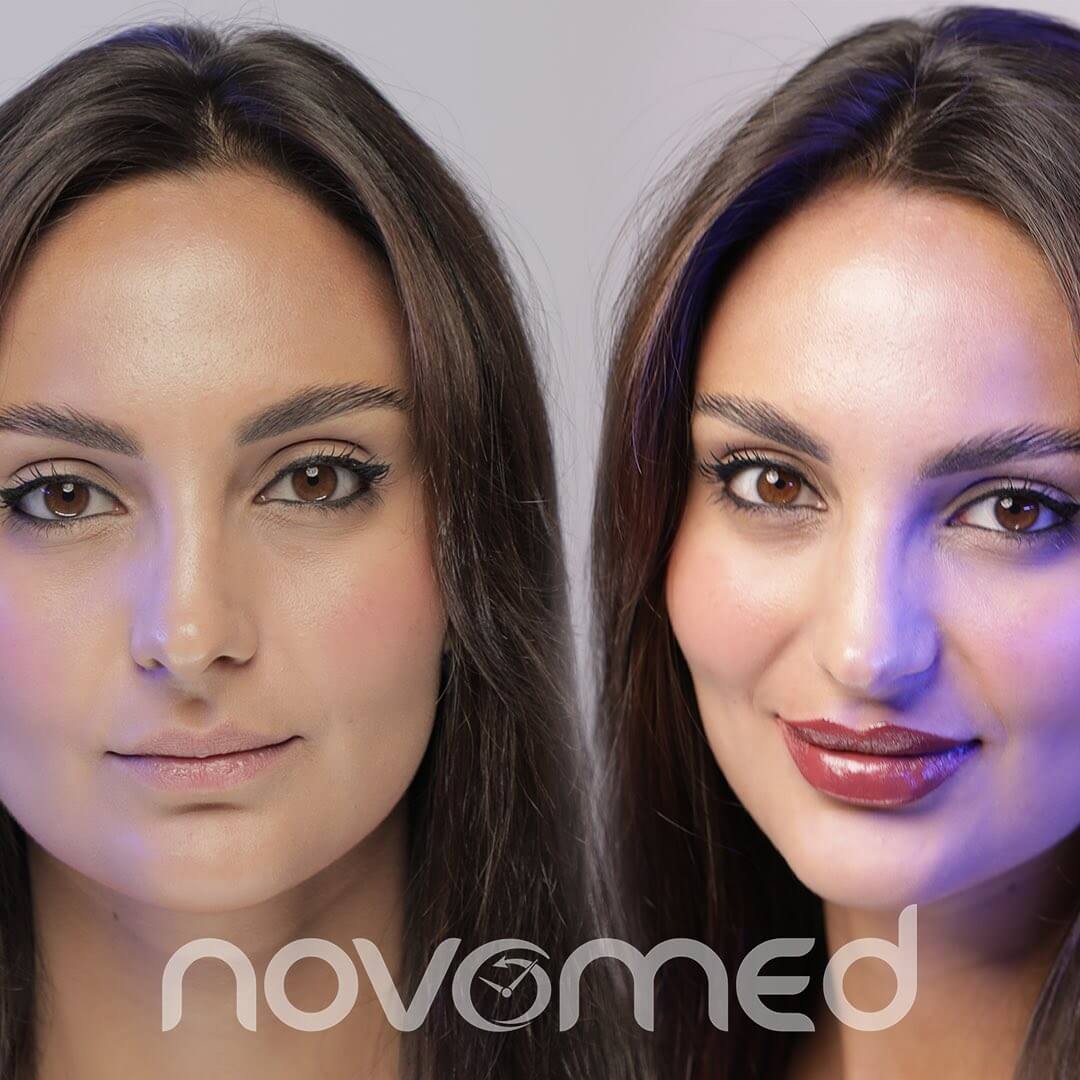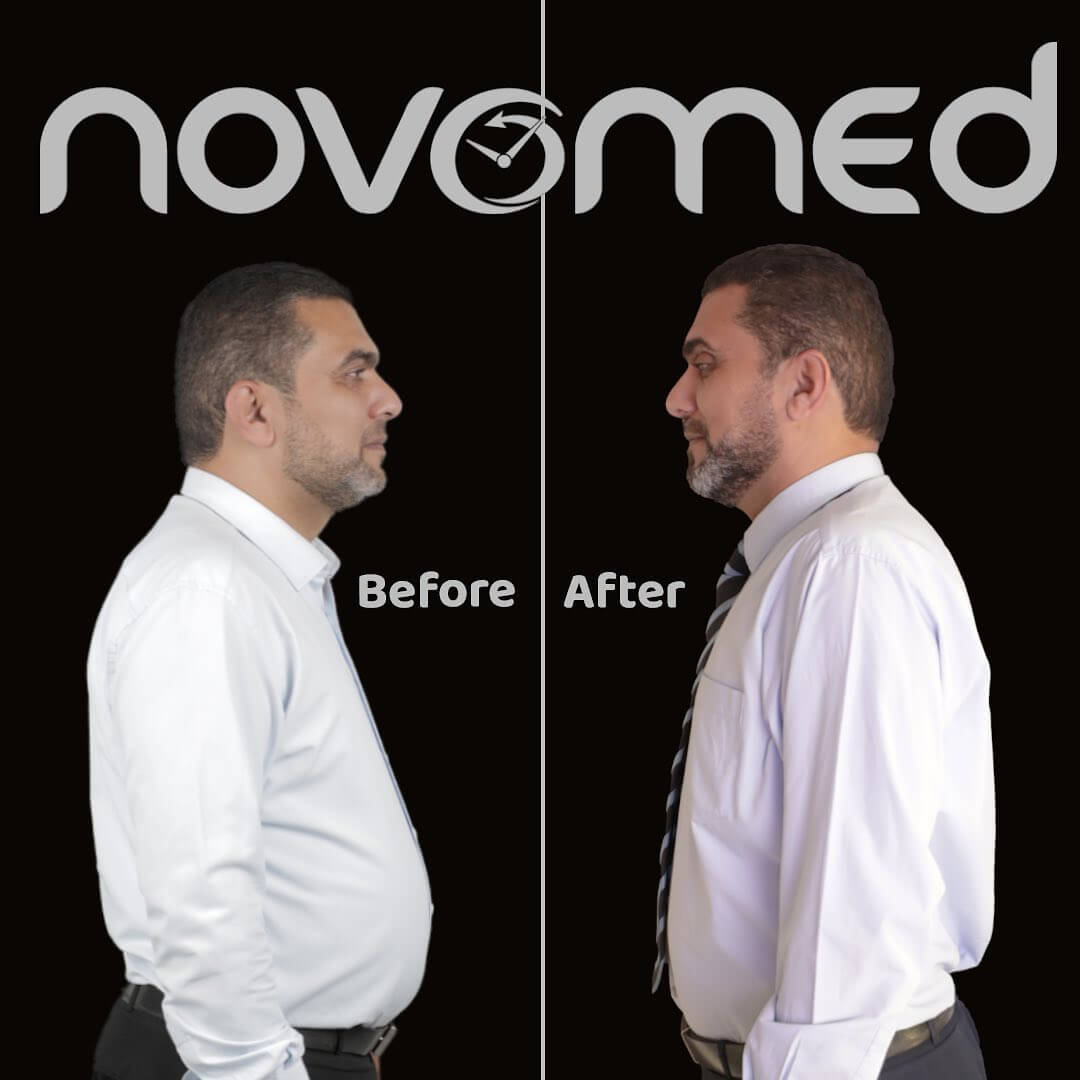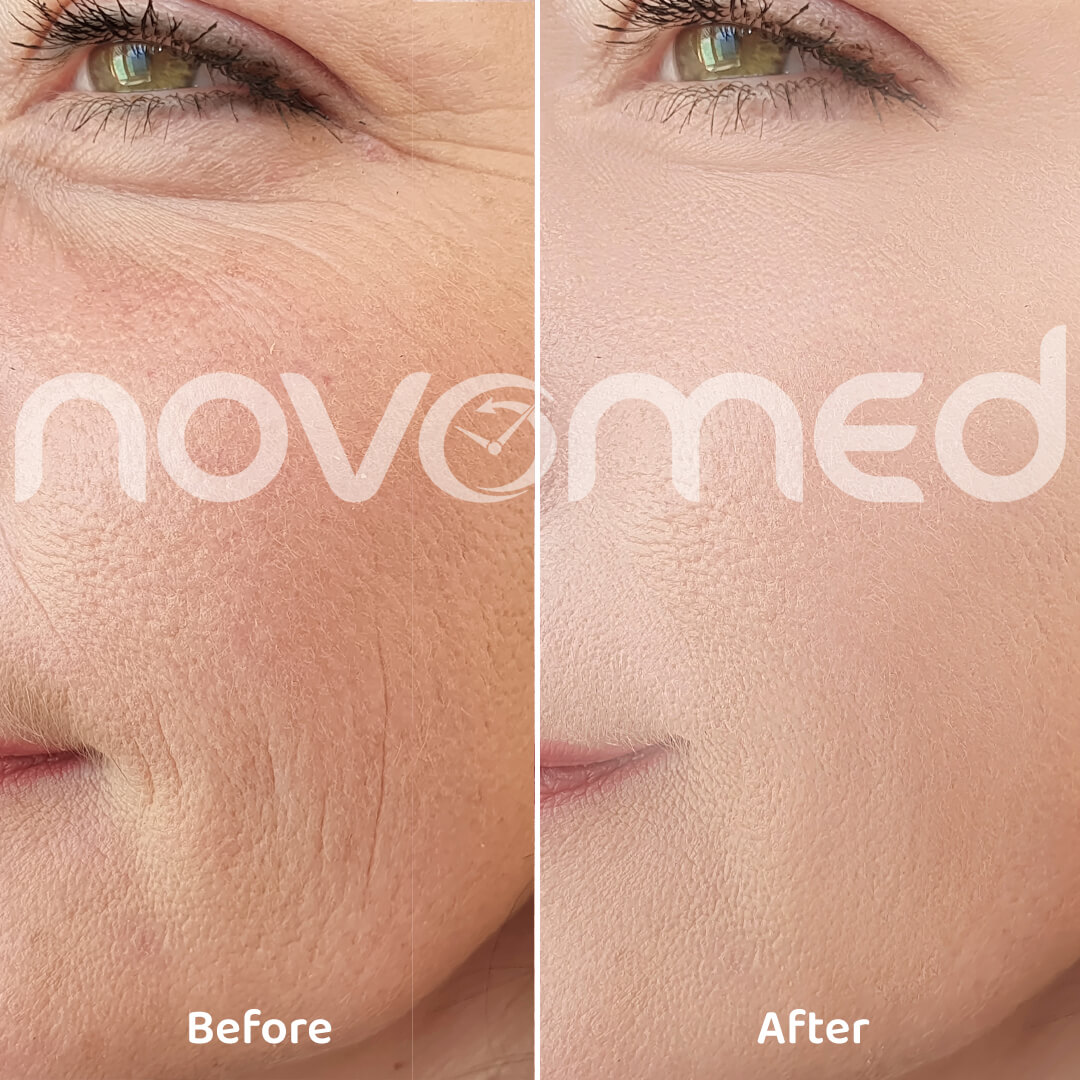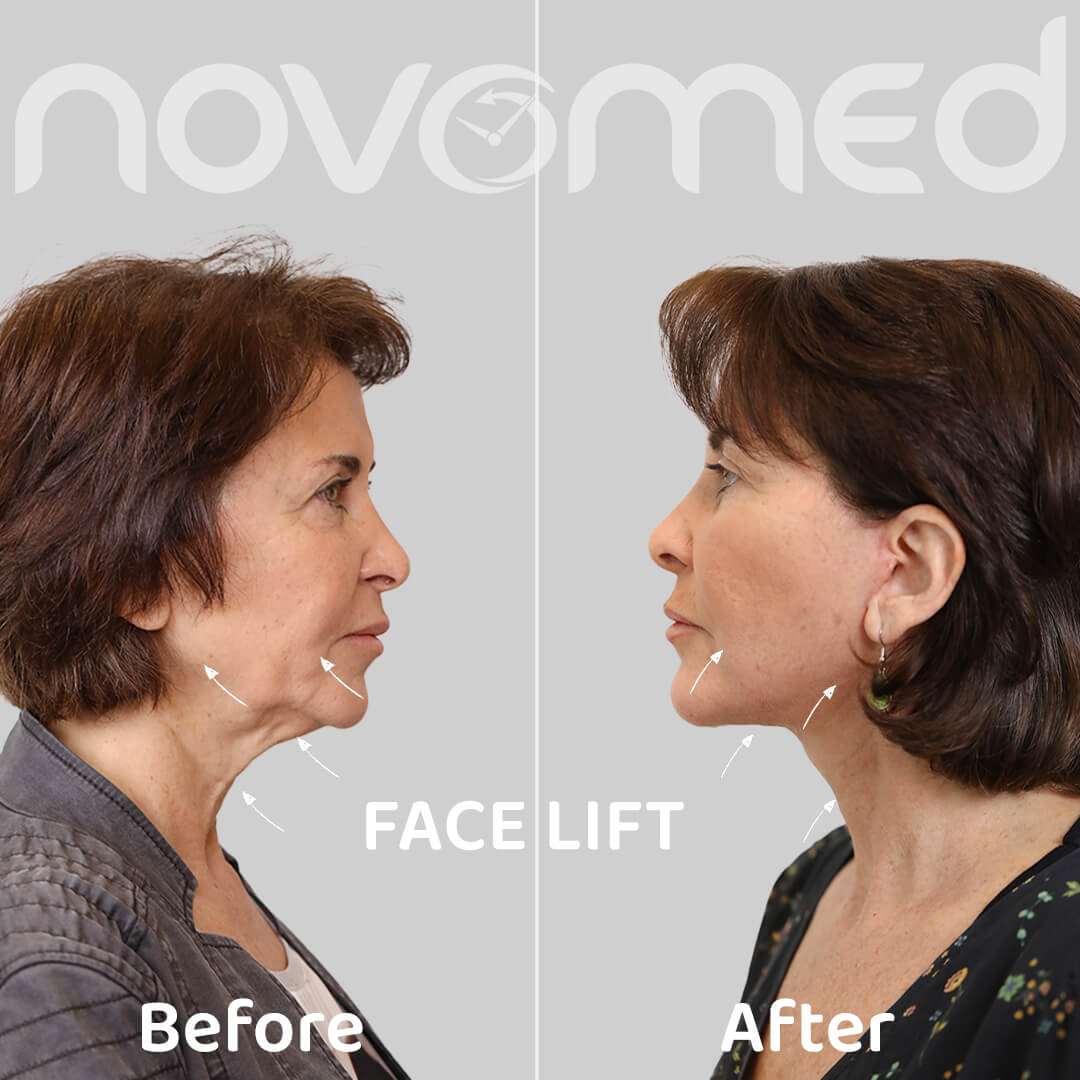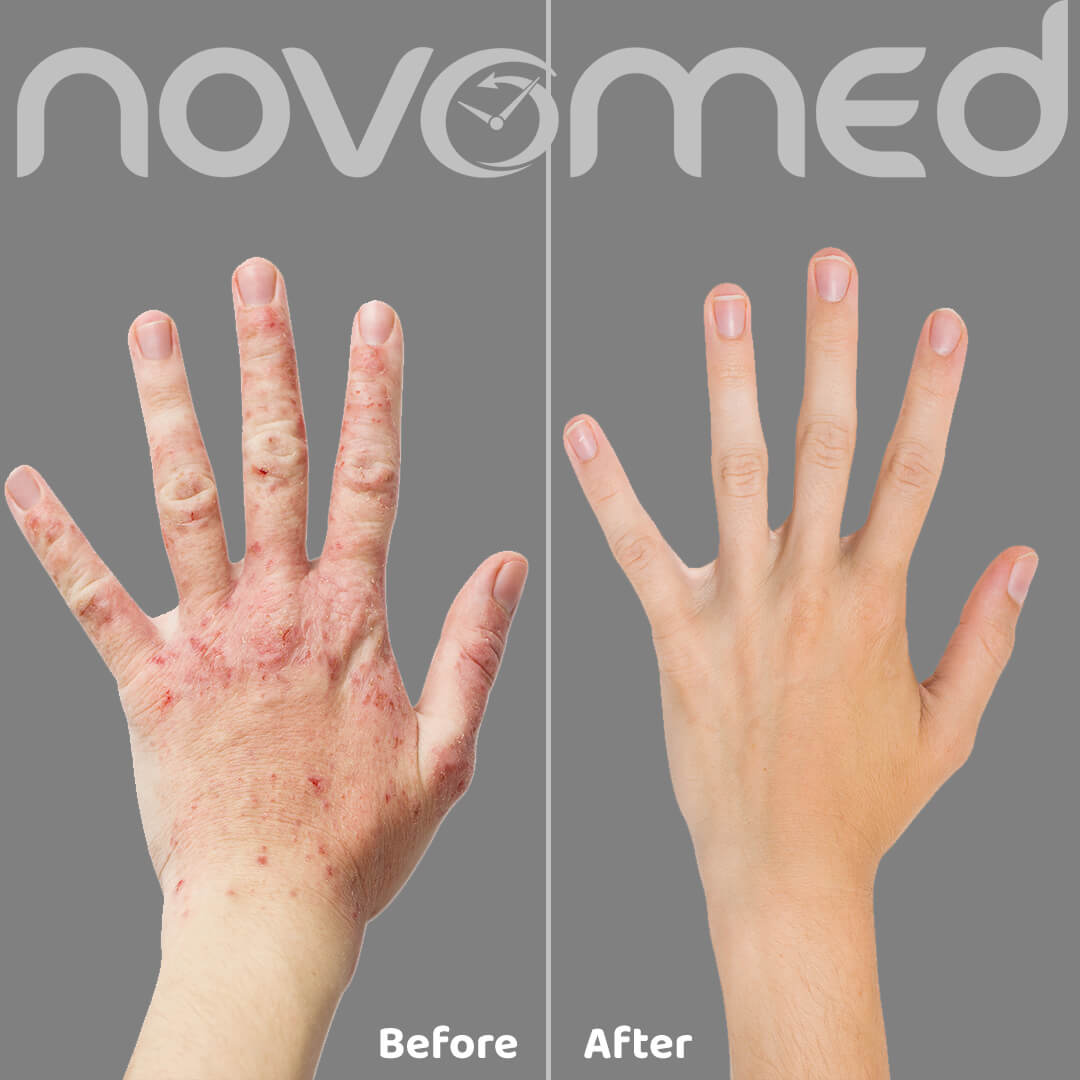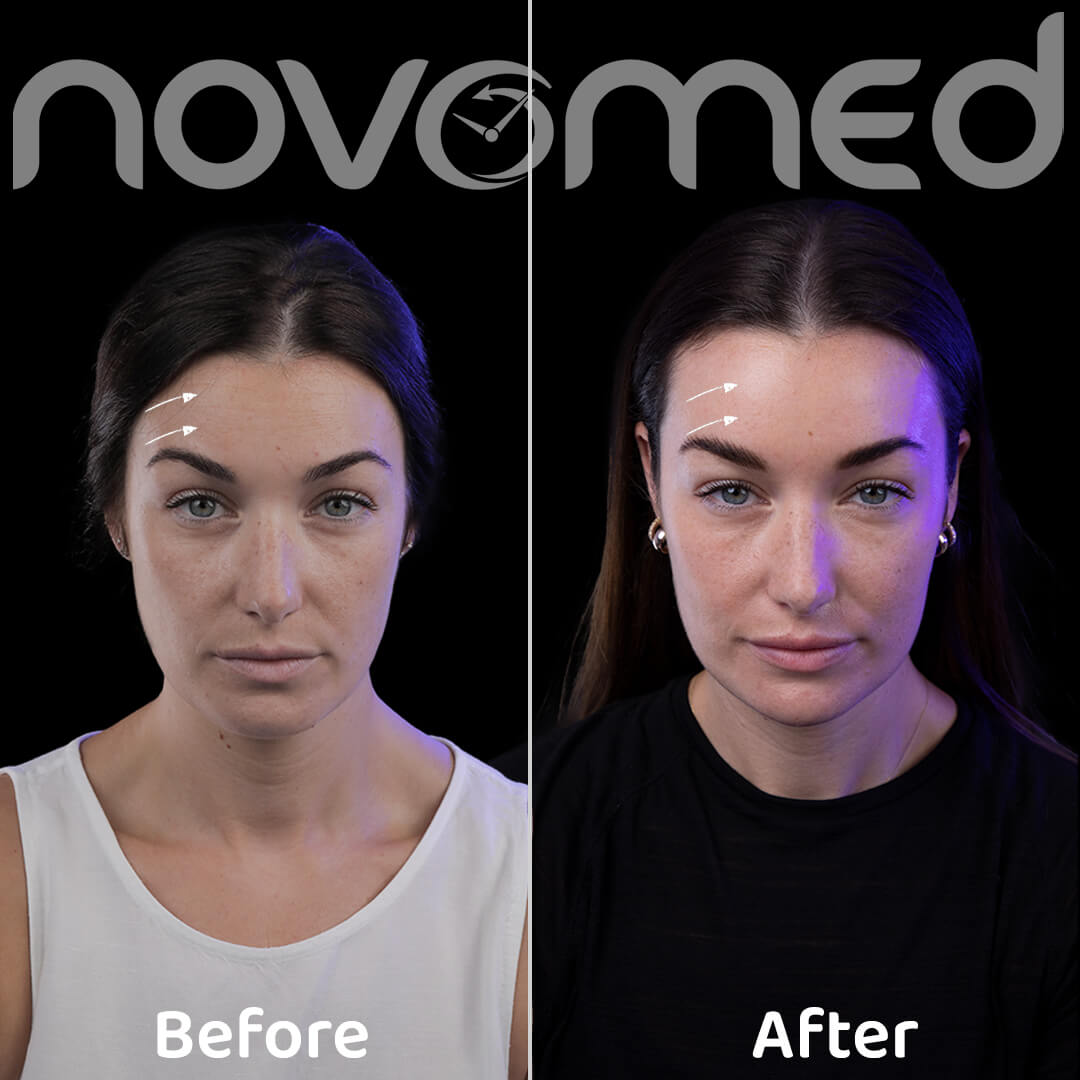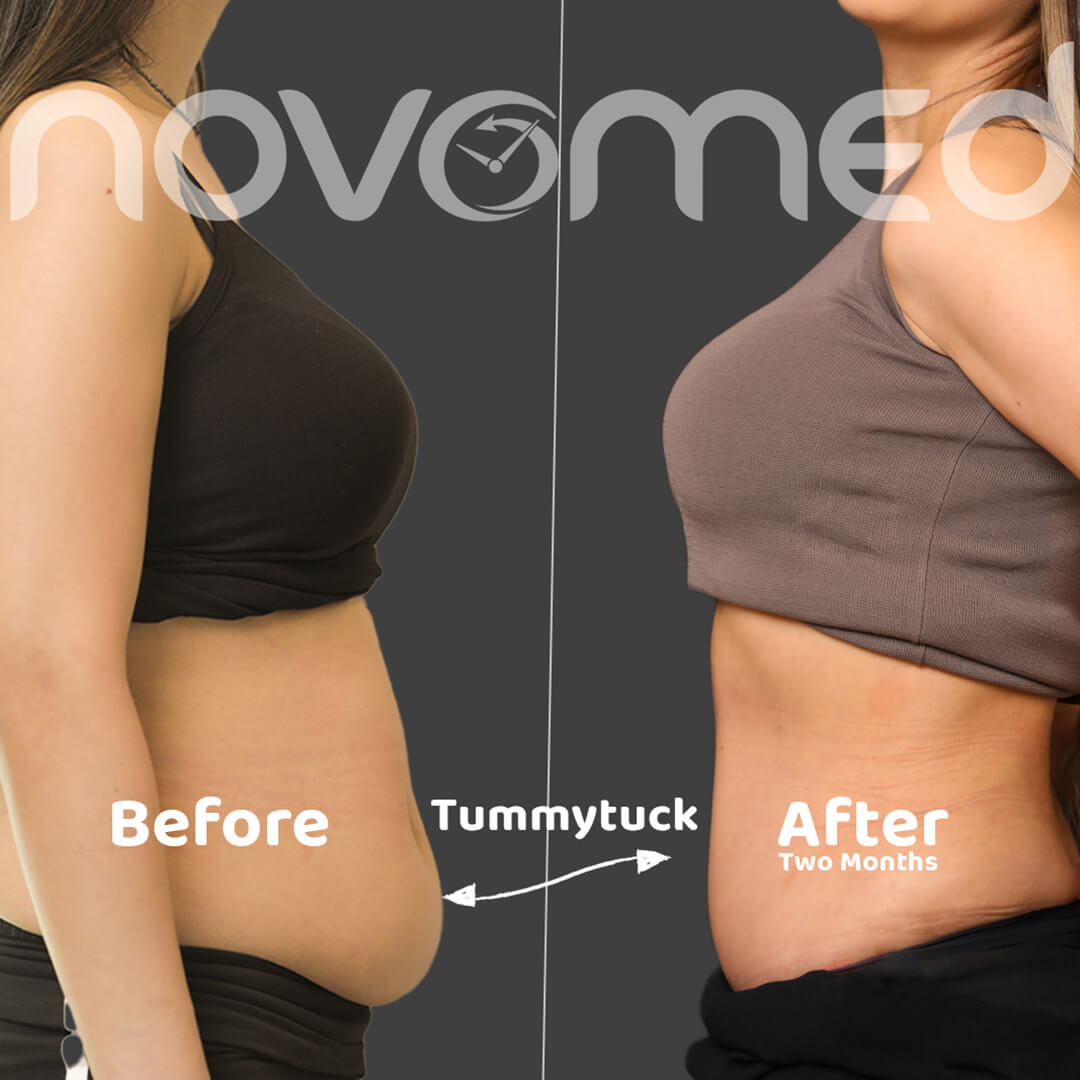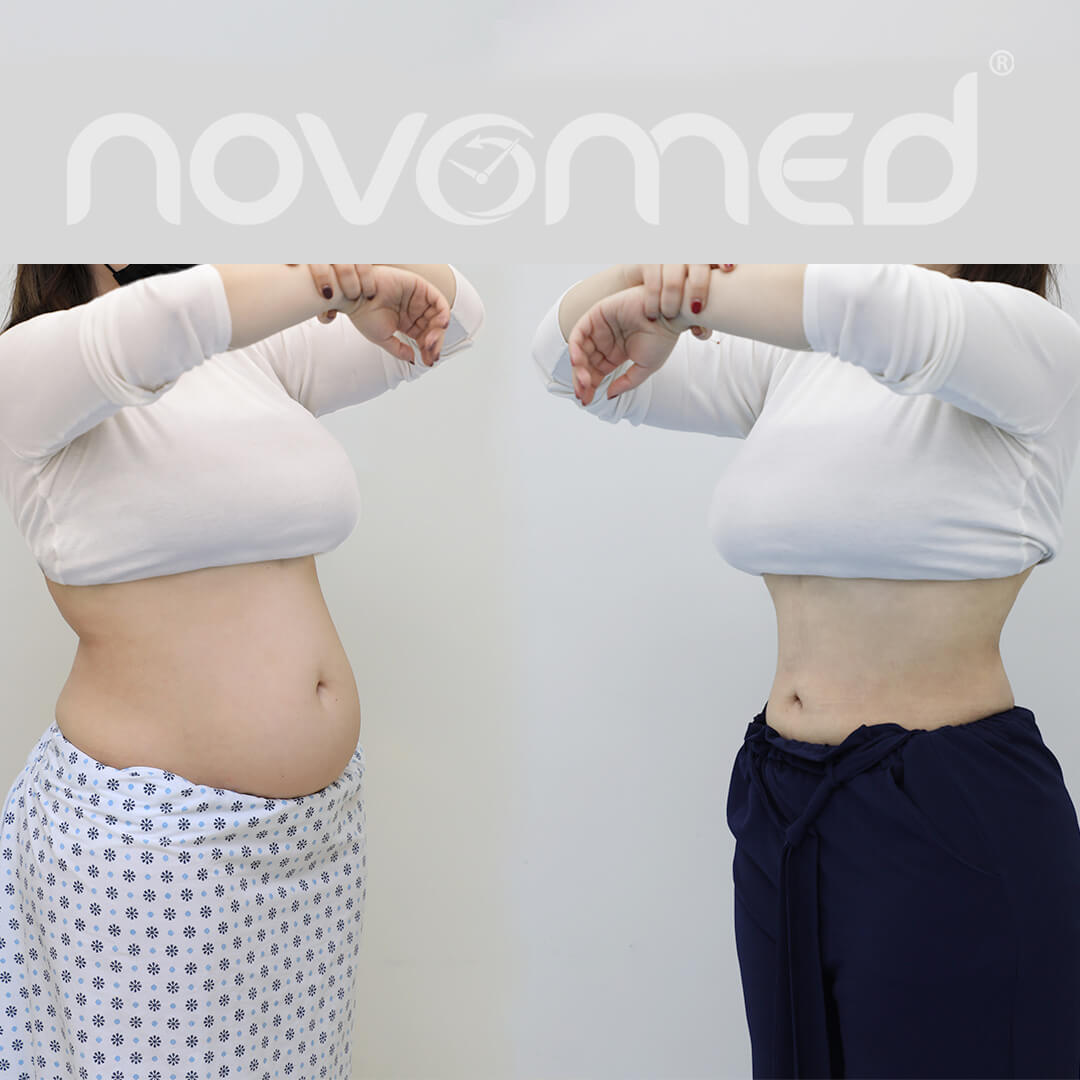Overview
Rhinoplasty, also known as a “nose job,” is a surgical procedure that improves the nose’s size, structure, and function. The surgery involves sculpting the bone and cartilage to reshape the nose without affecting its structure or support mechanism. Rhinoplasty aims to correct undesirable nose characteristics while enhancing facial symmetry. Additionally, the treatment can fix structural issues that can cause breathing difficulties, such as septal deviation.
Types of rhinoplasty surgery
- Closed Rhinoplasty: Patients who do not require sophisticated straightening of the lower parts of the nose or complex work on the nasal tip may undergo this type of rhinoplasty. It involves making incisions within the nostrils to keep the scars hidden; however, a closed rhinoplasty restricts the surgeon’s access to all nose cartilage.
- Open Rhinoplasty: This type of rhinoplasty is more invasive and has been used for individuals who require substantial nasal work. If you need more than a slight alteration to the structure of your nose, the surgeon will likely recommend this procedure. The surgeon starts by puncturing the exterior skin between the nostrils to gain access to the complete nasal anatomy and have greater flexibility in reshaping it.
- Ultrasonic Rhinoplasty: This approach utilizes “piezotome” technology to generate ultrasonic radiation that is highly focused on complicated bone structures without injuring soft tissues. Ultrasonic rhinoplasty is recommended for patients with nasal bumps or humps on the bridge of the nose who wish to have a quicker recovery and fewer complications during the post-operative period.
- Filler Rhinoplasty: This method of rhinoplasty is by far the least invasive since it involves the surgeon injecting filler to reshape the nose. The two main drawbacks of this operation are that fillers cannot reduce nose size and do not last as long as actual surgery.
Who can benefit from rhinoplasty?
Nose job can be performed for cosmetic or medical reasons. For instance, some individuals may require surgery to fix an issue with the cartilage between the two nostrils. Others may just want to reduce the size or adjust the curve of their nose.
Reasons for having a rhinoplasty include:
- Removing a hump on the nose
- Adjusting the bridge’s shape
- Sculpting the tip
- Enlarging or narrowing the nasal passages.
- Correcting the nose after an injury
- Making the nose bigger or smaller
Rhinoplasty consultation and preparation
At your first consultation, the doctor will ask you why you want the procedure and what you hope to achieve. Then, they will review your medical history and inquire about any medications and health conditions you are currently having.
Your surgeon will perform a physical examination, inspecting the skin on the inside and outside of your nose in great detail to evaluate possible modifications.
Ibuprofen and aspirin-containing medicines should be avoided for two weeks before and two weeks following surgery. These drugs can cause you to bleed more by slowing the blood-clotting process. Inform your surgeon about the supplements and medications you’re taking so they can help you decide whether to keep taking them or not.
Rhinoplasty recovery and result
Your doctor might place a metal or plastic splint on your nose following surgery to sustain the nose’s new shape as it heals. Your doctor could also insert nasal packs or splints within your nostrils to stabilize your septum.
After surgery, you’ll be kept under observation in a recovery room for at least a few hours. We strongly urge you to plan for your transportation home because the anesthetic’s impact won’t allow you to drive.
Your doctor will advise you to sleep with your head elevated above your chest level to lessen bleeding and swelling. You may feel congested if your nose is bloated or filled with cotton. Splints and dressings must typically be left on for up to a week following surgery. You can have absorbable stitches, which dissolve over time and don’t need to be taken out. You’ll need to revisit your doctor a week following surgery to have the stitches removed if they aren’t absorbable.
Although rhinoplasty is a generally safe and straightforward technique, recovery time can be long. Your nose’s tip is particularly delicate and might stay numb and swollen for months. Although you might feel entirely well in a few weeks, certain side effects can last for months. It might take a round a year for you to see the final results of your operation.
Book your appointment at Novomed today!
If you’d like to learn more about Rhinoplasty procedures in Sharjah, Ajman, And Umm Al Quwain, or book an appointment with our Plastic Surgeons, call us toll-free at 800 (NOVO) 6686 or click the live chat icon at the bottom of the screen.
